
How microbes contribute to the formation of giant copper deposits
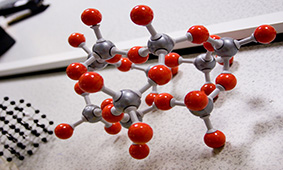
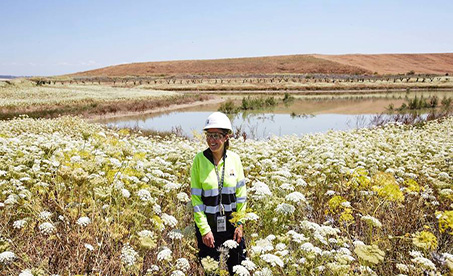
The authors of the study reached this conclusion based on what they have seen at the unusual Las Cruces deposit, located 8 kilometres from the city of Seville in the Spanish region of Andalusia. There, a significant part of high-grade copper ore occurs as thick, massive veins of copper sulfides. In the researchers' view, this is direct evidence that mineralization is currently being formed in relationship with active aquifers and in an area isolated from the surface by a thick layer of marl.
The scientists were able to extract the samples they are working thanks to the help of Canada's First Quantum Minerals (TSX:FM), the company that owns the open pit mining operation. They describe the samples as pristine, as they had never been in contact with the atmosphere.
Using different microbiological techniques and detailed electron microscope studies, the experts saw that copper sulfides are precipitating in a relationship with colonies of sulfate-reducing microbes.
In a media statement, the researchers explained that they saw nanometer-sized crystals of covellite embedded in the polymeric compounds that encapsulate bacteria.
"These crystals coalesce, later forming the big veins. However, much more work is needed in order to know to which extent these processes are global and if microbes control most of the formation of the secondary copper deposits," their press release reads.


Caterpillar sees US tariff hit of up to $1.5 billion this year

Australia pledges $87M to rescue Trafigura’s Nyrstar smelters in critical minerals push

SAIL Bhilai Steel relies on Danieli proprietary technology to expand plate mill portfolio to higher steel grades
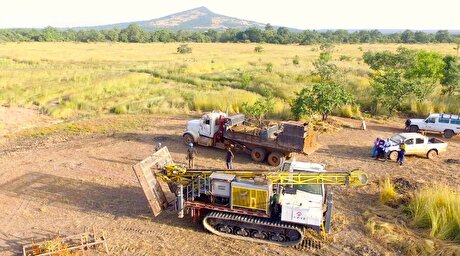
Fortuna rises on improved resource estimate for Senegal gold project
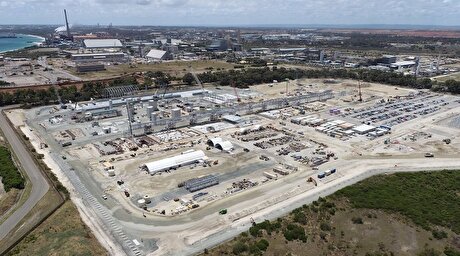
Tianqi Lithium Australia JV says it is prioritizing long-term viability of refinery

Alba Discloses its Financial Results for the Second Quarter and H1 of 2025

Fresnillo lifts gold forecast on strong first-half surge

Copper price slips as unwinding of tariff trade boosts LME stockpiles

Why did copper escape US tariffs when aluminum did not?
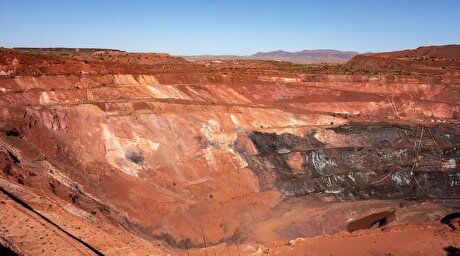
New research reveals source of world’s richest lithium deposits

Century Aluminum to invest $50M in Mt. Holly smelter restart in South Carolina
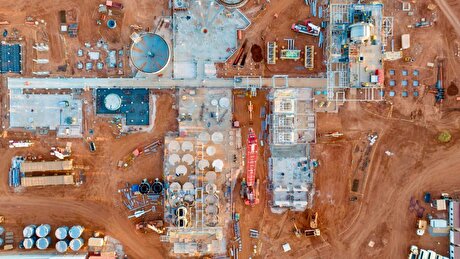
Australia to invest $33 million to boost Liontown’s Kathleen lithium operations
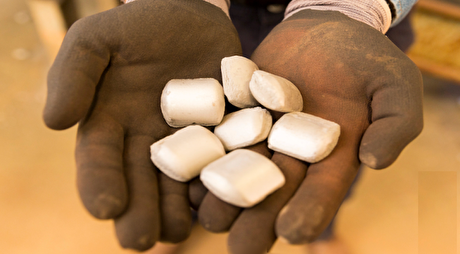
Glencore warns of cobalt surplus amid DRC export ban
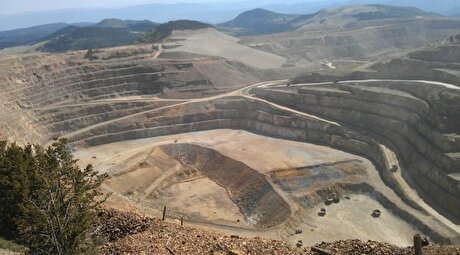
SSR Mining soars on Q2 earnings beat

A Danieli greenfield project for competitive, quality rebar production

China limits supply of critical minerals to US defense sector: WSJ
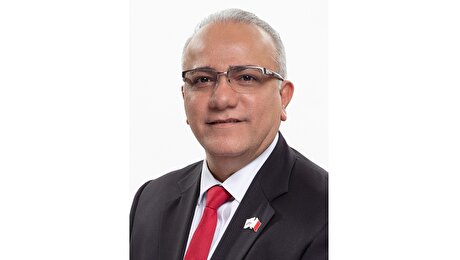
Alba Hits 38 Million Safe Working Hours Without LTI
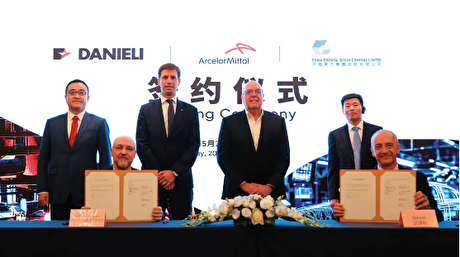
Advanced cold-rolled strip for China’s New Energy Vehicle market

Codelco seeks restart at Chilean copper mine after collapse

Century Aluminum to invest $50M in Mt. Holly smelter restart in South Carolina

Australia to invest $33 million to boost Liontown’s Kathleen lithium operations

Glencore warns of cobalt surplus amid DRC export ban

SSR Mining soars on Q2 earnings beat

A Danieli greenfield project for competitive, quality rebar production

China limits supply of critical minerals to US defense sector: WSJ

Alba Hits 38 Million Safe Working Hours Without LTI

Advanced cold-rolled strip for China’s New Energy Vehicle market

Codelco seeks restart at Chilean copper mine after collapse














